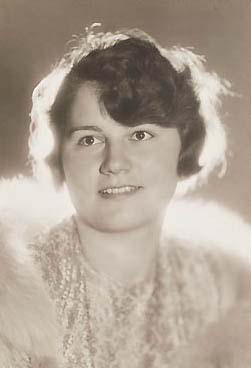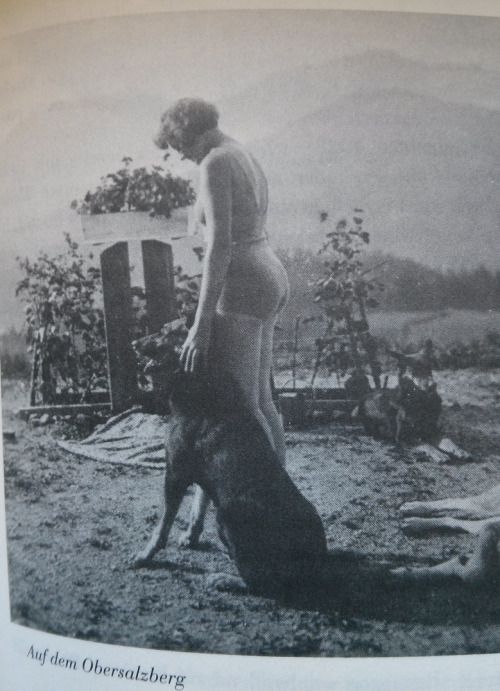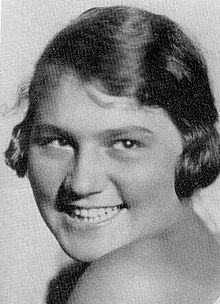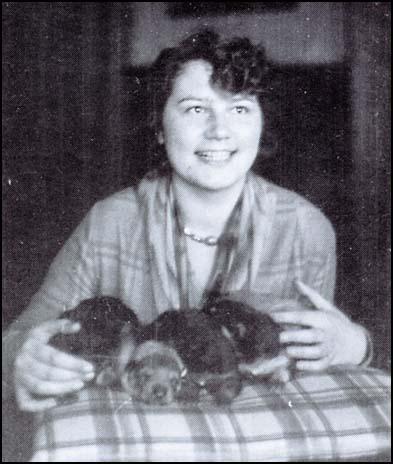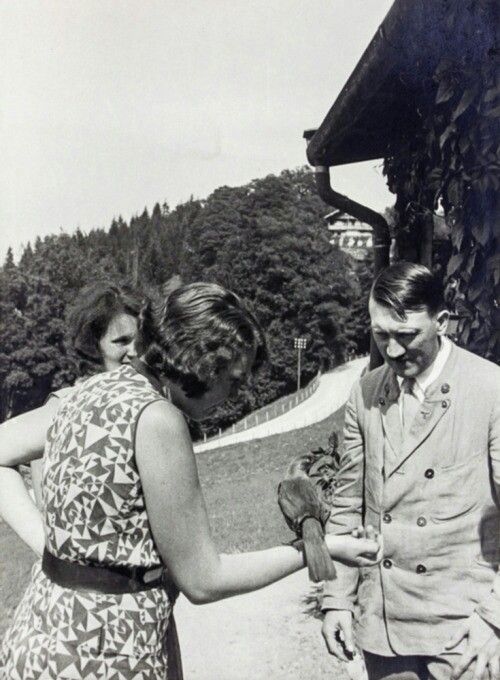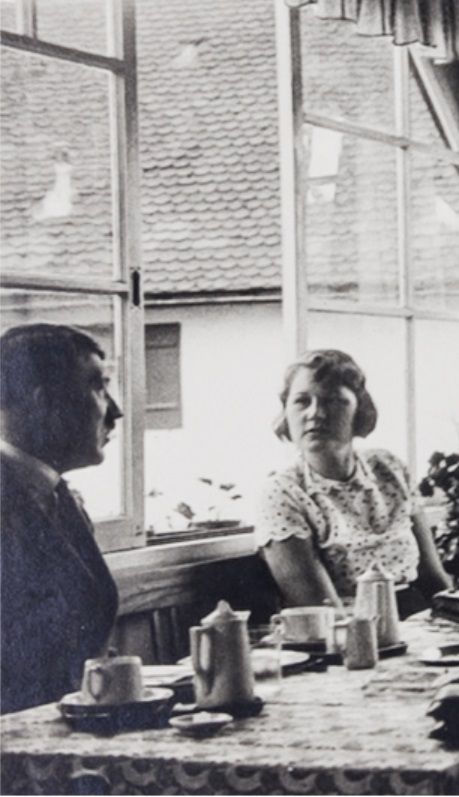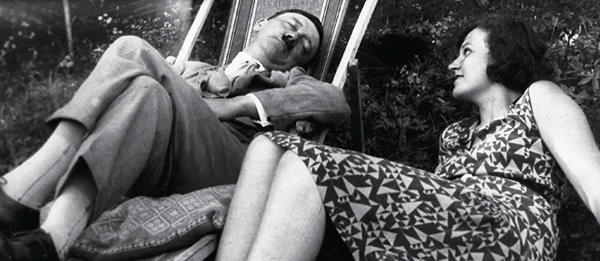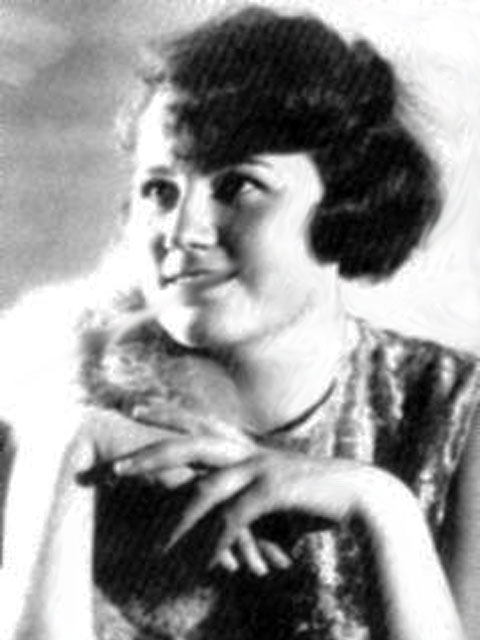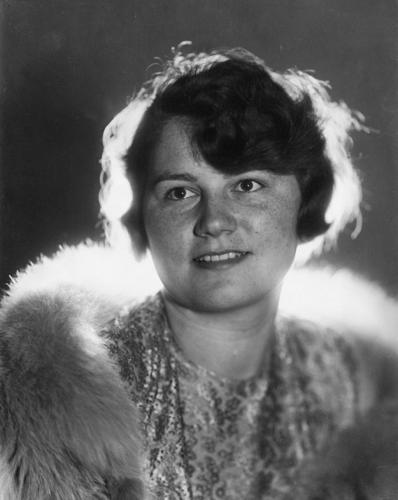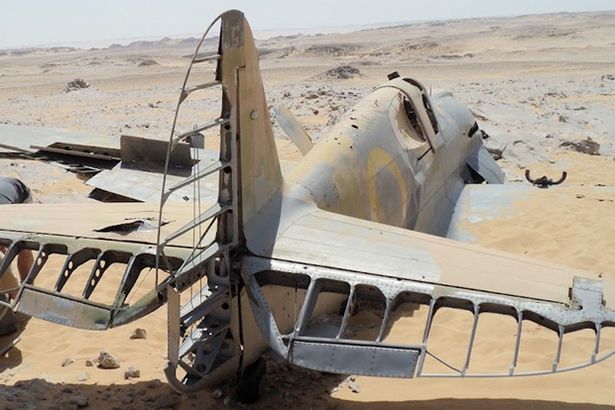The Kalinin K-7 Giant Transport/Bomber (USRR 1933) was conceptualized by World War I aviator Konstantin Kalinin. It was a huge aircraft which has passed into aviation legend as an otherworldly concept.
Kalinin joined the Bolsheviks in 1917, so he was in good with the Soviets early on. He was both a pilot and a repair shop boss. Eventually, he began designing aircraft in 1925, and headed up his own design shop in Kharkov in 1926. He became a member of the CPSU in 1927. After working up some mundane designs little different than other transport planes of the era, he had a sudden flash of inspiration with the K-7.
There were practical types in the Soviet bureaucracy who saw the plane as what it was, a humongous white elephant just waiting to be built. The idea lay dormant until 1929, when others saw the possibility of a propaganda coup. The Soviets were feeling a bit disrespected at the time, so Kalinin sweetened the deal by proposing it as the world's largest bomber.
The design was accepted, and work began in 1931 at Kalinin's design bureau plant in Kharkov. The entire Soviet airplane design staff was called in to help, primarily the Tupolev organization, and the first one was completed in 1933.
The wingspan was 174 feet, which was equal to that of two DC-3s, which were still on the drawing board. Her length was 92 feet long, and she had the largest elliptical wing of all time. Most noticeable to the casual observer was that she had six engines pulling on the wing leading edge and one pushing at the rear - necessary because the engines were under-powered. It also had whole-metal welded construction with 3-spar wing, making it somewhat similar to a flying ship. Essentially, it became a flying wing, with minimal additional framework.
Politics was at work throughout the project. Originally, BMW engines were planned, but these were switched to less-powerful Soviet engines. Pravda announced the aircraft by emphasizing that it had been completely made with Russian steel.
Apparently, two were completed, though I have difficulty pinning that down in the sources. One flew ten test flights of short duration, for a total of five flight hours. First flight was 21 August 1935, and the pilots noticed problems but got it up and down anyway. On 21 November 1935, the eleventh test flight was conducted as a time trial over the Kharkov airfield. As the plane approached the field, it suddenly dived at full speed and hit the runway at about a 40 degree angle. The plane hit the ground hard once, knocking off the landing gear, bounced, and came back down. It then caught on fire, and that was that. Fifteen of the twenty crew were killed, and the project, after much to-and-froing, eventually was shelved. But this wasn't the only colossal Soviet bomber of the decade, it was an era of thinking big - too big for the technology and aircraft design knowledge available at the time.
Cause of the crash was vibrations that began in the booms. It was a known problem caused by the seventh "pusher" engine, but the previous test pilots had been able to correct for it by tuning the engines just right. It is a common problem with configurations involving engines facing in different directions, but it was the dawn of large-scale aviation and this was a, as they put it, "learning experience." Several innovations worked, such as the twin-boom tail, and became staples of future successful planes. Other innovations, though, didn't - and you can have 100 successful innovations in a design and only one failure, and the plane will still crash.
Kalinin was condemned to be executed as an "enemy of the state" in 1938 during one of Stalin's purges. Sentence reportedly was carried out in 1940. He didn't win any friends at the top with this disaster.
Capacity: 120 passengers in civilian configuration
Length: 28 m (91 ft 10 in)
Wingspan: 53 m (173 ft 11 in)
Wing area: 454 m² (4,886.8 ft²)
Empty weight: 24,400 kg (53,793 lb)
Loaded weight: 38,000 kg (83,776 lb)
Defensive armament: 12 gunner positions (8 20mm cannons and 8 7.62mm machine guns)
Bomb load: varied, 9,900kg to 16,600kg (25,550 - 42,840lb)
Powerplant: 7× Mikulin AM-34F V-12 piston engines, 560 kW (750 hp) each
Military cargo: 112 fully equipped paratroopers, potentially one 8.4 ton (light) tank.
Performance
Max speed: 140 mph
Service ceiling: 13,123 ft
Wing loading: 17 lb/ft²
Power/mass: 0.06 hp/lb
range: with external fuel tanks, 2,400km flight with 6,000kg bombs.
There are a lot of phony images of the Kalinin K-7 floating about on the Internet. They usually are models, which can be seen by their clarity. Authentic shots are much rarer, but available.
2015









